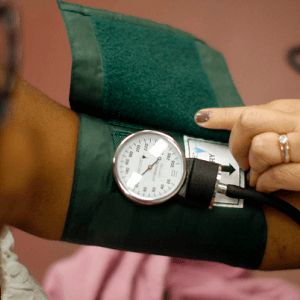A recent report highlights a growing crisis in American healthcare: a surge in diabetes-related amputations, with Black and Latino communities bearing the brunt of this alarming trend. According to studies cited, Black and Latino diabetics are four times more likely to require amputations than their white counterparts, revealing a stark disparity in health outcomes.
Dr. Dean Schillinger, founder of the UCSF Center for Vulnerable Populations, describes the situation as “a perfect storm of poor health and lack of medical guidance.” The crisis is particularly acute in areas like San Antonio, Texas, where a combination of genetics, poor healthcare access, unhealthy diets, and sedentary lifestyles contribute to high amputation rates.
The disparity extends beyond race to socioeconomic status. Less affluent Americans with diabetes face a four times higher risk of limb amputation compared to wealthier individuals with the same condition. This gap underscores the interconnected challenges of poverty, race, and inadequate healthcare access.
Experts point to several factors exacerbating the problem. Dr. Richard Browne, a senior medical executive at Johnson & Johnson, notes that many Black patients often receive incorrect or insufficient information about their diabetes from doctors early on. Additionally, unconscious bias among medical professionals may lead to premature decisions for amputation.
The crisis calls for urgent action to address these health disparities. Improved access to preventative care, better patient education, and efforts to combat medical bias are crucial steps in reducing the disproportionate impact on minority communities. As Congressman Joaquin Castro states, “For Hispanics in South Texas, diabetes is the big boogeyman you’re always watching out for, especially if you can’t afford preventive care.”
See “Diabetic amputations surge among Black and Latino Americans ” (August 15, 2024)


